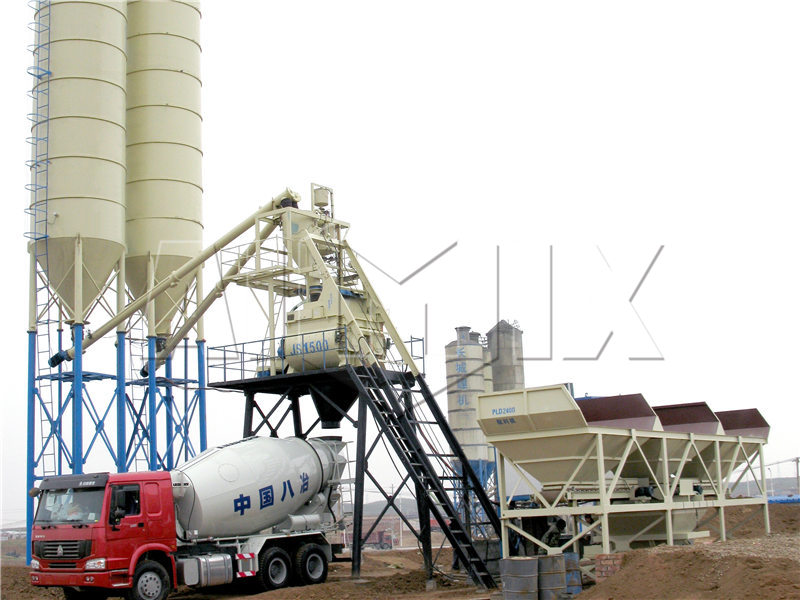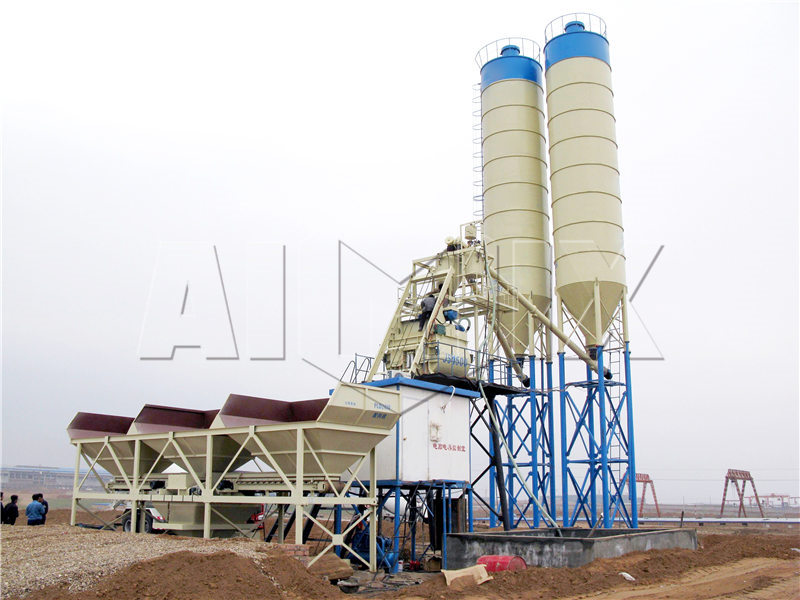A concrete batching plant is a complex piece of equipment, which makes a lot of people wonder exactly how does concrete plant work. If you belong to this group, then you’ll surely appreciate the information in this article. It talks about the different parts of a concrete plant, their functions, and how they work in cohesion to produce different grades and quality of concrete. Be sure to keep reading to gain a thorough understanding of the operation of a concrete batching plant.

How does a concrete batch plant work?
The first thing you need to understand is that a concrete batching plant combines the different ingredients needed to produce concrete. The list includes sand, aggregates, water, cement, and additives. All of these ingredients are weight individually before the combining process is started. Of course, the final result is ready mix concrete, which is one of the most used building materials in construction projects.
It’s possible to mix the different components by weight. This means that a single concrete batching plant can produce different grades or quality of concrete. Some of the most common grades include 1:2:4, 1:1:2, and 1:3:6. As you can see, these are proportions of the ingredients, namely, cement, fine, and coarse aggregates. This enables companies with a concrete batching plant to produce ready mix concrete of varying grades, catering to the needs of various clients.
You should also be familiar with the different types of concrete plants. The two primary types are dry mix concrete plants and wet mix concrete plants. The former uses dry ingredients and transporting the same to a transit mixer. Water is only added to the transit mixer. While the mixer is on route to its destination, the concrete is mixed, ensuring that fresh ready mix reaches the site:https://aimixphilippines.ph/concrete-batching-plant-for-sale-philippines/.
On the other hand, a wet mix concrete plant weighs the materials individually. They are added into a mixing unit to mix all of them before transporting into a transit mixer. In some cases, they are dispatched into a pumping unit. In some cases, this machine is called a central mix concrete plant. In general, a central mix plant produces a much more consistent produce because all of the ingredients are mixed in a single, computer-assisted location.
A stationary concrete batching plant has a massive size. How it works is basically the same as its mobile counterpart. The stationary plant is often used by construction companies that need to produce concrete at a single location, while a portable batching plant is best suited for contractors who often transfer from one location to another.

The primary functions of a concrete manufacturing plant include aggregate feeding, in which sand and aggregates are fed into feeder bins. Power feeding, meanwhile, is when cement, fly ash, and additives are added to the mix. Water is used to bind cement evenly with the aggregates. Concrete batching plants also require adequate storage to hold large amounts of concrete. The ready mix concrete is then transferred to weighing hoppers via screw conveyor. Lastly, a control system is put in place for fast, efficient, and accurate operation.
Now that you know how does concrete plant work, it’s time to look for one that suits your needs and budget. Start doing your research to find a machine that will yield the best return on your investment.